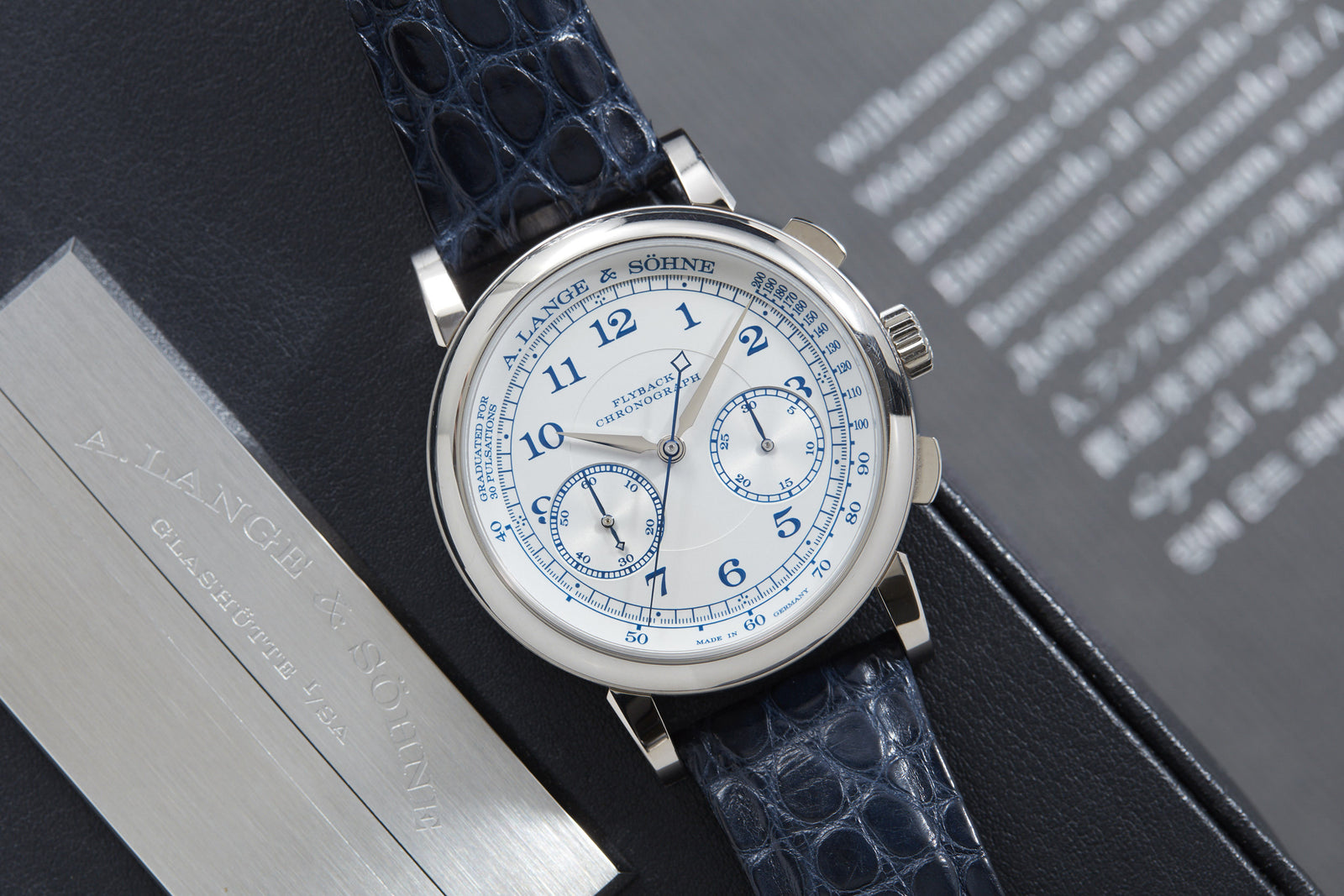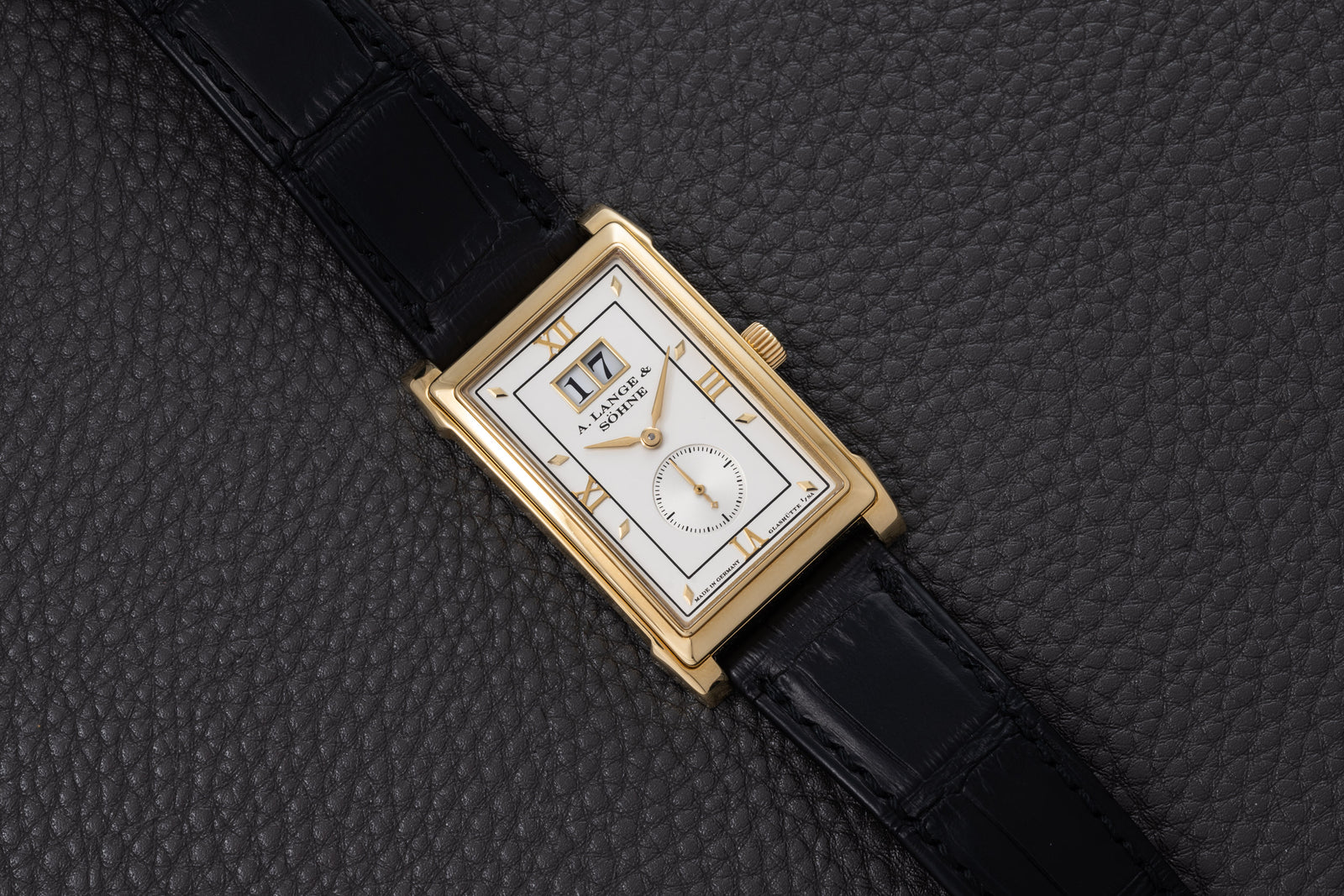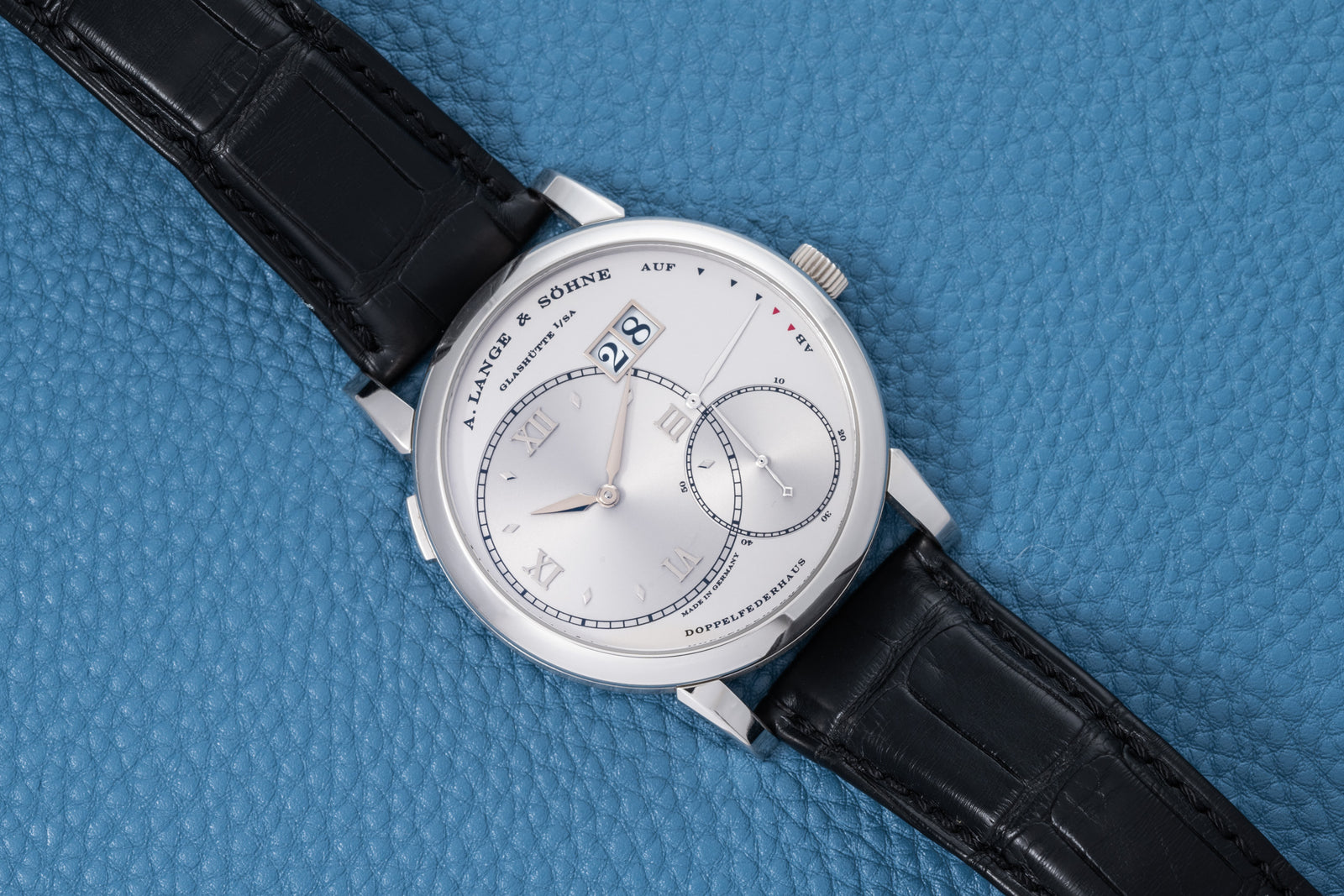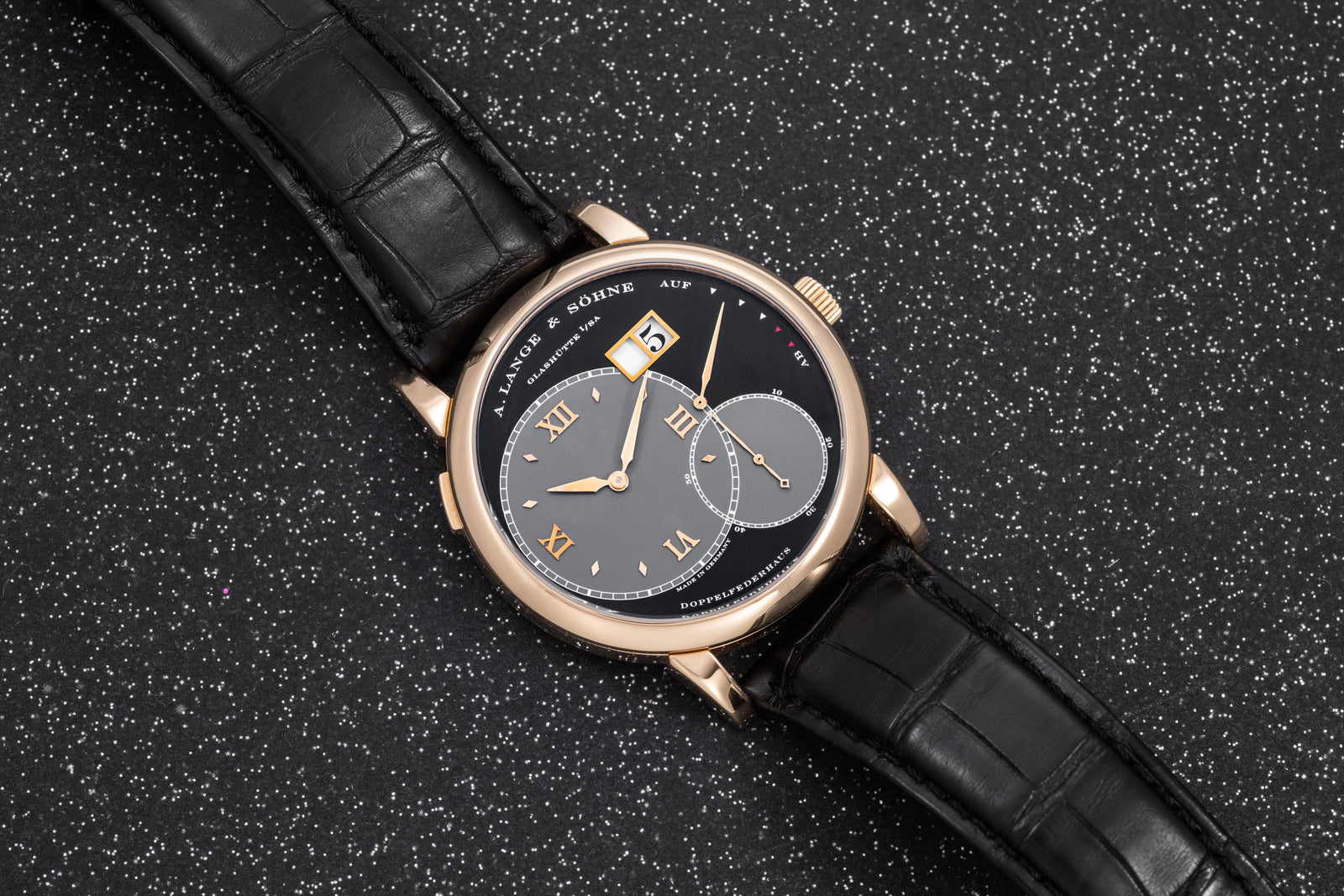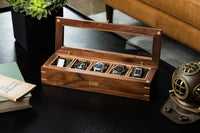Glycine Airman
- Soldspan>
- Sold
Why We Love it
–
Why We Love it
–For those of us too young to have fought in the Vietnam War, our conceptions are shaped by what we see in films. And when we think of the role helicopter pilots played in that long and bloody conflict, there’s perhaps no scene in film more iconic than the scene from Apocalypse Now, in which UH-1D Huey pilots rain death upon unsuspecting Viet Cong while Wagner’s “Ride of the Valkyries” blares from the speakers. But the true story of these brave young men is far more dramatic than even Francis Ford Coppola could imagine.
“We were all young and crazy then,” said one Huey pilot, Jim Messinger. “My first job as an adult was to fly around in a helicopter and let people shoot at me. I was 20 years old in flight school.”
But their youth belied the training that they received at the Primary Helicopter Center at Fort Wolters, TX. There were two phases of introduction at Fort Wolters: Primary I and Primary II. Primary I taught them how to fly the helicopters, and in Primary II they learned how to use them, in workdays that lasted from 6 AM to noon or noon to 6 PM—all this, of course, after going through boot camp twice.
Many of the instructors at Fort Wolters were pilots who had served in the war—like Jim Messinger. The instructors would drill their students on the intricacies of operating these piston-engine helicopters. Often they’d concoct inflight emergency drills, including one called “touchdown autorotation,” when the students would have only seconds to find a safe landing spot after the instructor cut off the power.
It was the rigorous training that they received at Fort Wolters that transformed these “young and crazy” men into pilots who could do anything—from “flying around in a helicopter letting people shoot at them” to enacting daring feats of rescue.
Like Lt. Col. Charles Kettles, who saved the lives of more than forty of his fellow soldiers on May 15, 1967.
Kettles, a commander in the 176th Aviation Company, had dropped off 80 soldiers with his platoon in a river valley in Vietnam’s central highlands. Almost immediately, the troops were ambushed. Kettles made several trips back and forth, evacuating the wounded and bringing supplies, until there were only 44 troops remained against a Viet Cong force that numbered in the hundreds.
The Huey pilots in Kettles’s platoon managed to get these 44 men off the ground, but that still left eight. As soon as Kettles heard that some men were left behind, he circled back for them in his unarmed Huey, facing small arms and mortar fire that ripped his windshield apart. The men were saved, and Kettles was granted a Congressional Medal of Honor in 2016 for his bravery.
On the wrists of many pilots like Kettles and Messinger was the Glycine Airman—the first watch to incorporate a 24-hour dial and second time zone capabilities.
The design of the Airman came straight from the parameters of surveyed pilots and was unlike any watch that had been previously produced. With its relatively small steel case with gently sloping lugs, the Airman was designed first and foremost to be a low-profile timepiece, keeping well out of the way of straps, instruments and gear. The matte 24-hour dial, complete with luminous hour markers, was infinitely observable in any light condition, and the broad arrow luminous hands made for a dial that could be read at a glance.
But most remarkable was Glycine’s inclusion of a steel rotating 24-hour bezel with patented locking crown that, when loosened, allowed the bezel to be adjusted to a second time zone and subsequently locked, eliminating the chance of it moving while on the wrist.
This innovation made the Airman an instant favorite among military pilots. Stories abound about jet and helicopter pilots in the Korean and Vietnam wars gravitating to the Airman as their wristwatch of choice over more the rudimentary military-issued Benrus and Hamilton G.I. (MIL-SPEC) watches.
While Glycine has reaped contemporary success with their modern expressions of the watch, and even added several complications, the original Airman will always stand as a benchmark for the company’s innovative spirit and no-nonsense design language.
A:S Guarantee
+
A:S Guarantee
+Our Pledge
Analog:Shift stands behind the authenticity of our products in perpetuity.
Condition
Since our pieces are vintage or pre-owned, please expect wear & patina from usage and age. Please read each item description and examine all product images.
Warranty
We back each Analog:Shift vintage timepiece with a one-year mechanical warranty from the date of purchase.
International Buyers
Please contact us prior to purchase for additional details on shipping and payment options.
Shipping & Returns
+
Shipping & Returns
+All of our watches include complementary insured shipping within the 50 states.
Most of our products are on hand and will ship directly from our headquarters in New York City. In some cases, watches will be shipped directly from one of our authorized partners.
We generally ship our products via FedEx, fully insured, within 5 business days of purchase. An adult signature is required for receipt of all packages for insurance purposes. Expedited shipping is available at an additional cost. We are also happy to hand deliver your purchase in Manhattan or you may pick it up at our showroom.
Returns must be sent overnight or by priority international delivery, fully insured and paid for by the customer. A restocking fee may apply. Watches must be returned in the same condition as initially shipped.
We welcome international buyers, please contact us prior to purchase for additional details on shipping and payment options.






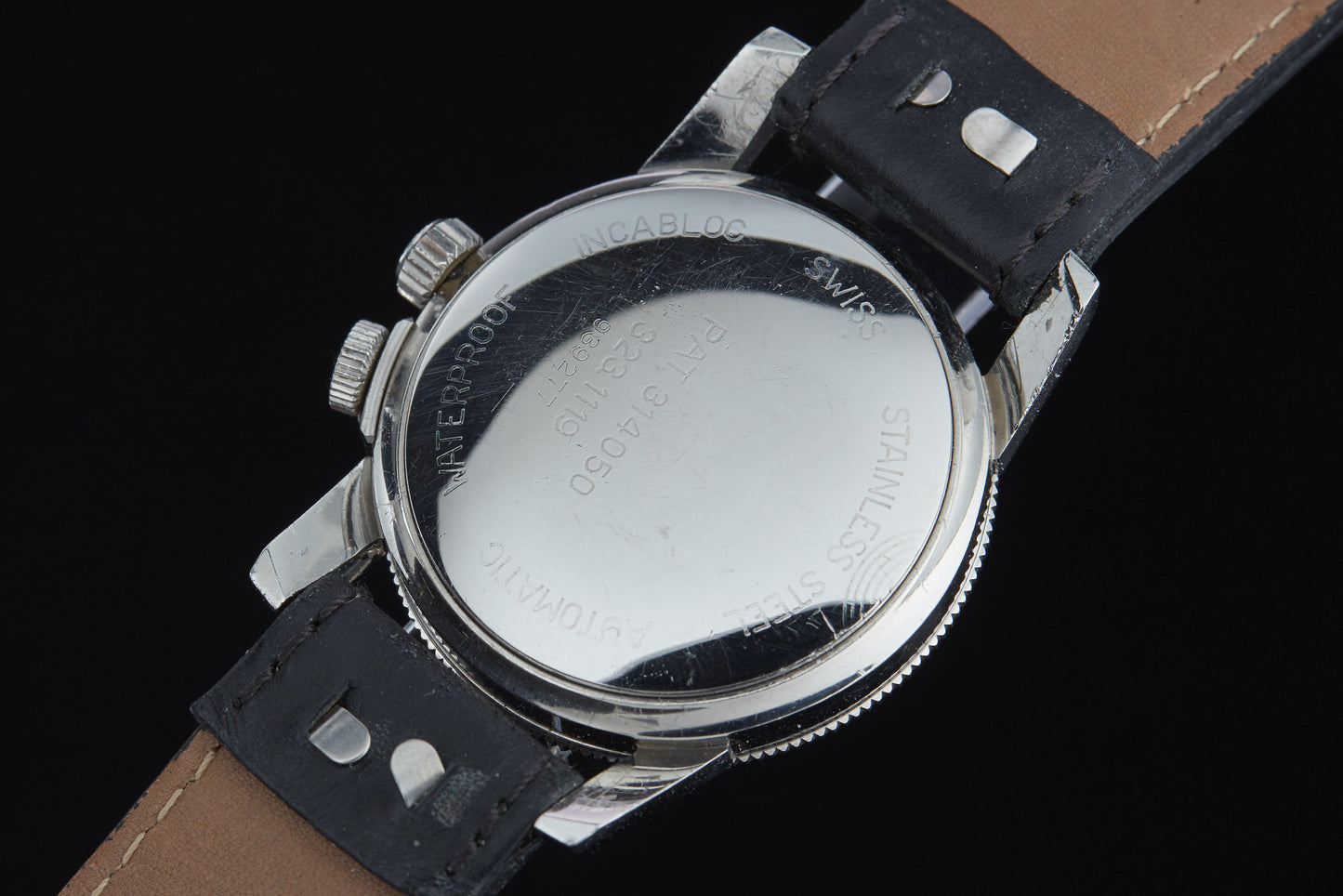

Glycine Airman
- Soldspan>
- Sold
















